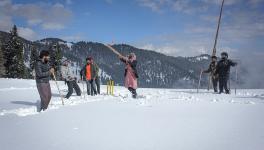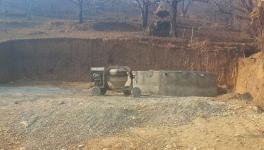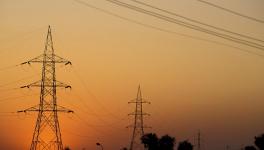J&K: Chenab Roads, a Silent Death Trap for Travelers
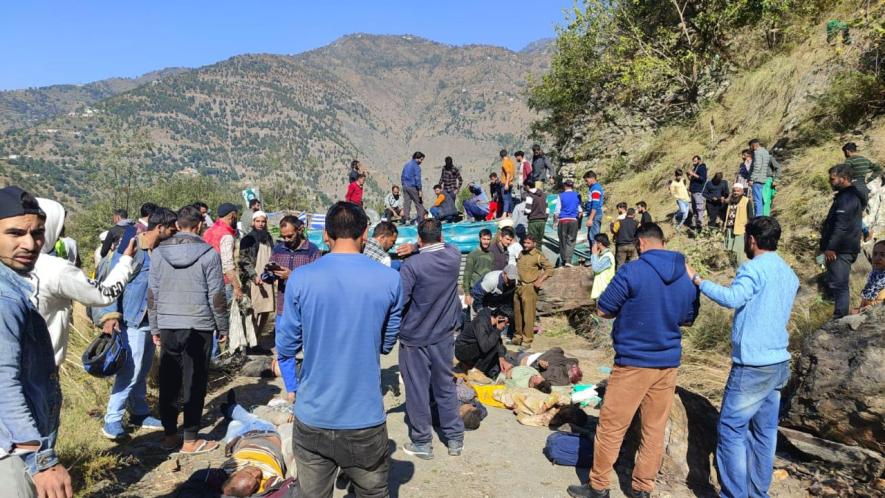
Jammu: The Chenab Valley of Jammu & Kashmir, a region known for its treacherous terrain and curvy roads, is proving a death trap for travelers. Of late, the worrying trend of road accidents has been making news headlines regularly. Amid tall claims of development, the government has miserably failed to control the rising number of accidents in the region. In the latest tragedy, 10 people died in a deadly road accident near Battery Chashma, Ramban. All the deceased belong to Champaran, Bihar.
In fact, Chenab roads have emerged as a major hotspot for road accidents, leading to hundreds of fatalities every year in Jammu & Kashmir. These accidents are a dark spot over the otherwise peaceful valley. People living in the region always worry while traveling on these survey roads.
According to a report released by the Ministry of Road Transport and Highways (MoRTH), as many as 4,287 people lost their lives in road accidents from 2018 to 2022 in J&K. In 2023, as many as 893 people lost their lives in 6,298 accidents. According to data, an average of 850 persons dies per year in Jammu & Kashmir.
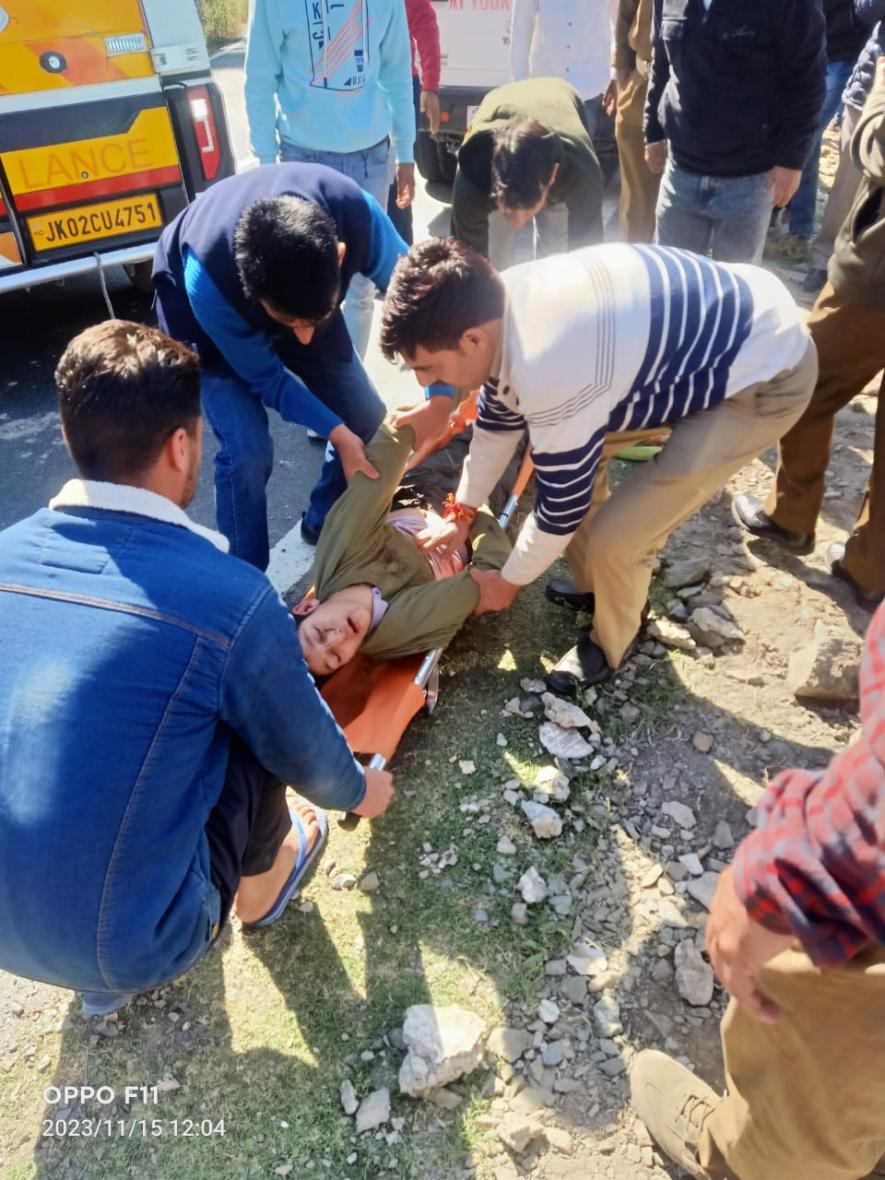
As per the report, J&K ranked second across India in the tally of 10,000 vehicle accidents in this period with an average of 900 deaths a year. A total of 4,165 accidents were reported up to August 2023. Tragically, 580 individuals (till the end of this year, the number is expected to cross 1,000) lost their lives, and 5,565 others sustained injuries in these incidents. The fatality rate is higher than Delhi, Maharashtra.
In the Chenab Valley, there were 113 road accident deaths in 2019, followed by 64 in 2020, a total of 91 in 2021, 81 in 2022, and a spike of 114 fatalities in 2023.
The data highlights the urgent need for targeted interventions and infrastructure improvements along these high-risk routes to prevent further loss of life. These accidents are making everyone worry about their safety while traveling, especially tourists.
In India, road accidents are one of the major reasons for deaths and injuries, especially in rural areas. In 2022, as many as 4,61,312 road accidents were reported, in which 1,68,491 deaths while 4,43,366 people were injured.
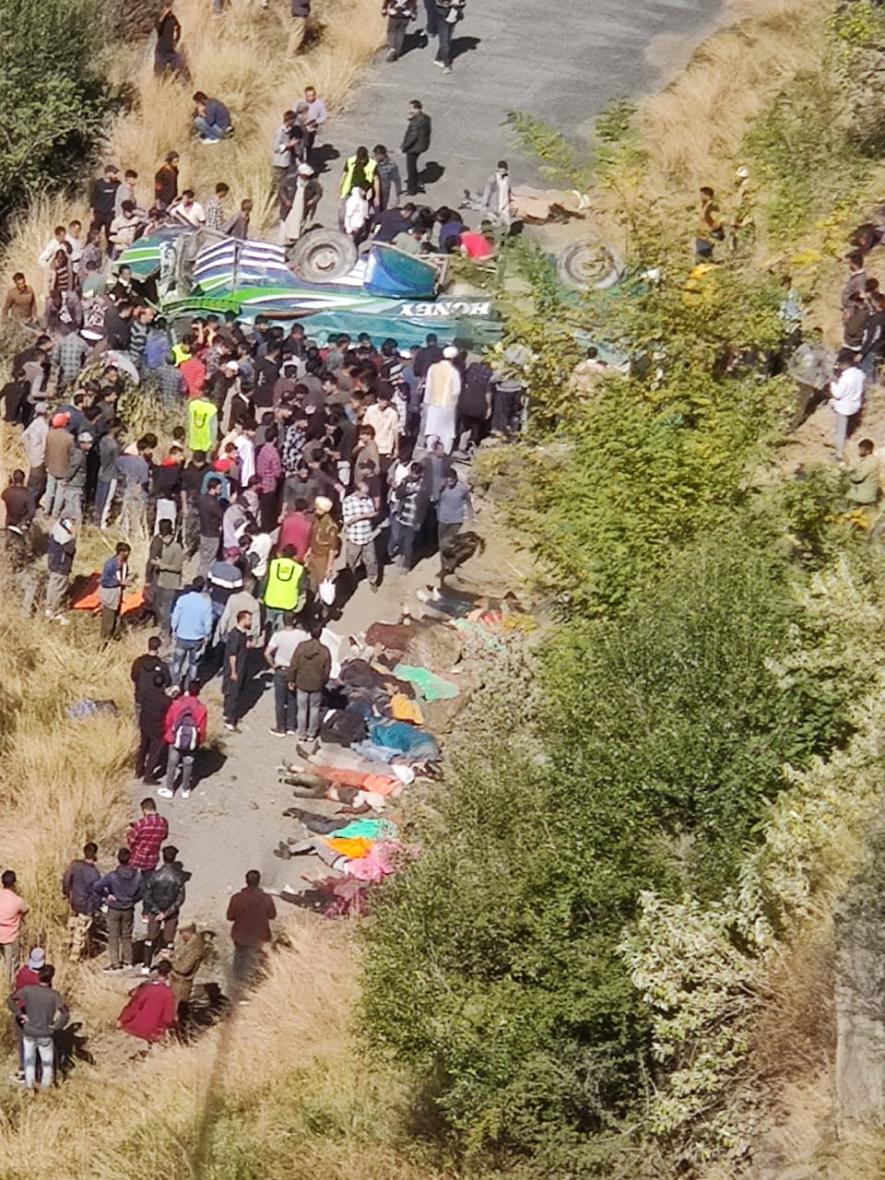
A report titled 'Road accidents in India -2022' showed a 11.9% year-on-year alarming rise in accidents and a 9.4% increase in fatalities. The data shows a 15.3% surge in the number of people getting injured in 2022 as compared to 2021. As per the data, 68% of road accident deaths took place in rural areas, whereas 32% of accident deaths happened in urban areas. According to data, in 2022, road accidents claimed 19 lives every hour in India.
Deadly curves on highways
The maximum causality in these road accidents took place on national highways, particularly in the hilly Doda-Kishtwar-Ramban areas of the Jammu region, the winter capital of J&K.
In the Chenab, despite its picturesque views, the region has been making headlines for routine road accidents.
In an accident on November 15, 2023, around 39 people died and dozens were injured when a passenger bus skidded off the road and fell into a 300-feet deep gorge in the Assar area of Doda district in Chenab Valley, which is around 160 km from the winter capital. Soon after the accident, local people and government officials started rescue operations and shifted the dead and the injured to the nearby hospitals. Some of the injured reportedly succumbed to their injuries on their way to hospitals. Images shared on social media of several dead bodies lying on the ground, resembled scenes reminiscent of the Gaza genocide.
Chenab Valley, which consists of the districts of Ramban, Kishtwar and Doda, has become a hotspot of accidents in Jammu & Kashmir. In the last few years, hundreds of people have lost their lives, leaving their families shattered.
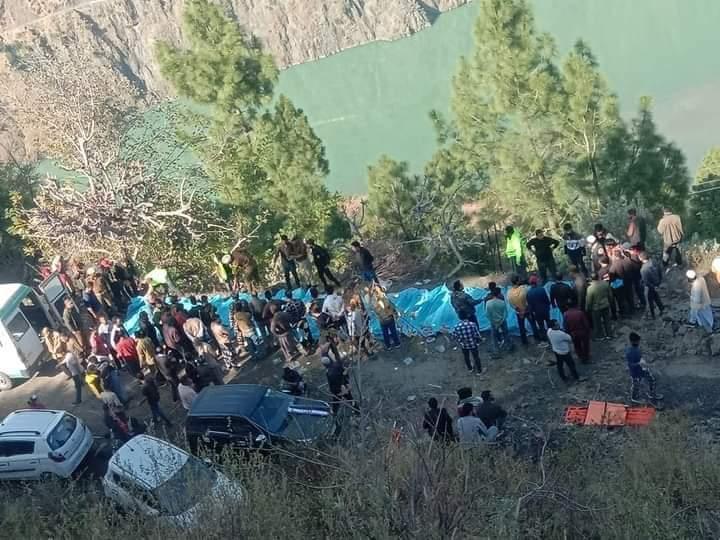
It is pertinent to mention that Jitendra Singh, who has been in the Prime Minister’s Office (PMO), and is considered close to Prime Minister Narendra Modi, won elections twice from the Udhampur-Doda constituency. Soon after the November 15 accident, the J&K government announced ex-gratia of Rs 5 lakh each to the next of kin of those who lost their lives and Rs. 50,000 to injured persons. The PMO also announced Rs. 2 Lakh to the next of kin of deceased people.
In 2019, In a similar accident, 35 people were killed and 17 were injured in Kishtwar district of Chenab Valley.
Order for CCTV Installation
A month ago, before the tragic accident in Assar, the then Deputy Commissioner, Doda, Vishesh Mahajan, had held a meeting of the District Road Safety Committee and was informed that an amount of Rs 1.50 crore in addition to the earlier amount of Rs 50 lakh had been released to erect crash barriers on vulnerable points. It was also decided that minibus owners would have to install CCTV cameras for the safety of passengers but this direction has remained only on paper.
Govt Failed to Implement Court Guidelines
After witnessing several major accidents in the region, the Jammu & Kashmir High Court. in a case title Intakhab Ahmed Qazi v. State and others in December 2022. directed the administration to constitute a committee of experts to ascertain reasons behind regular accidents in the hilly region of Doda-Kishtwar, also known as Chenab Valley. The Court directed that the committee shall suggest measures that help to make the road accident-free. A further direction was issued to erect rolling barriers/steel pillars on curved roads, as well as wherever culverts were found. In December 2023, the division Bench of J&K High Court nominated an expert committee to visit vulnerable spots in the Jammu region.
The division Bench comprising Chief Justice N. Kotiswar Singh and Justice Moksha Khajuria Kazmi directed the constitution of an expert committee consisting of a professor from IIT Jammu having expertise in road safety, an engineer to be nominated by the chief engineer, SAMPARK, an executive engineer to be nominated by the chief engineer, PWD (R&B), Jammu, and Prof G.M. Bhat, former head of the geology department, University of Jammu, who is an expert in landslides on national highways.
The Divisional Commissioner, Jammu, who was already appointed as nodal officer was directed to coordinate the functioning of the expert committee. The committee was directed to submit its report in February 2024, but no further development has been seen on the ground level. However, despite court directions, the government has failed to take any steps to control accidents.
What Experts Say
Junaid Nazir, a road safety expert and technical advisor with Kashmir Road Safety Foundation, told Newsclick that as an expert, he would like to emphasise that irregularities and lack of proper enforcement in Chenab Valley were the reasons behind these deadly accidents.
"As we know, the region is almost a hilly terrain. The government should be more vigilant about road safety awareness and enforcement. The accident in which we lost 39 lives is a big blot on the enforcement authorities as the permit of the vehicle concerned had expired long ago. If there was routine enforcement, that vehicle should have been seized and not allowed to ply. Unfortunately, this happened due to the carelessness of the authorities," he said.
Nazir said responsibility also lies with the Roads and Building Department. In 2017, the J&K government had issued an order for a road safety audit on existing roads and newly constructed roads. But no such exercise has been done till date and no report has been submitted to any office.
He further said that was “unfortunate that many of you don't know that our UT (Union territory) has a State Road Safety Council founded in 2018 under the transport department, headed by an additional secretary, technical. Their primary job is to introduce a road safety policy and coordinate with other line departments to minimise road accidents. Unfortunately, the council is defunct for reasons best known to the authorities.”
It is important to mention here that no road safety funds were utilised for the past four years As per the policy, each transport head of a district got Rs 50 lakh each for road safety awareness purposes, but no amount was utilised by transport officers. This resulted in the fund lapsing, which has hugely impacted the road safety scenario.
Nazir said to prevent such accidents in future “we need strong enforcement, better coordination with line departments and proper use of men and machinery.”
“The transport department had been allotted a vehicle interceptor (a special type of vehicle used to record the speed of other vehicles) to curb violation of over-speeding. Unfortunately, the then transport commissioner refused to take these vehicles citing ack of manpower in the motor vehicles department as the reason," he said.
He said the main focus should be on road accident investigation as per Rule 304 of J&K Motor Vehicles Rules 1991, in which it is mentioned that only a motor vehicles inspector or automobile engineer can inspect the motor vehicles involved in accidents. Unfortunately, this is not followed. A report on accidents is always prepared by police officials, and “we never get to know the cause of the accident in almost every case” he said, adding that the J&K government should revive the State Road Safety Council by appointing a technical person to analyse the reasons and prevent accidents in future.
The writer is a freelance journalist based in Jammu & Kashmir. He @Sule_khaak.
Get the latest reports & analysis with people's perspective on Protests, movements & deep analytical videos, discussions of the current affairs in your Telegram app. Subscribe to NewsClick's Telegram channel & get Real-Time updates on stories, as they get published on our website.












